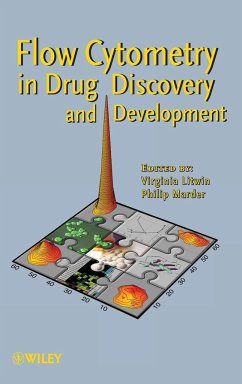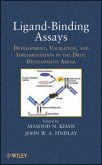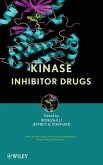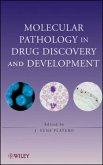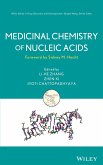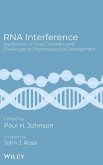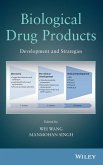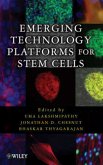This book covers the unique application of flow cytometry in drug discovery and development. The first section includes two introductory chapters, one on flow cytometry and one on biomarkers, as well as a chapter on recent advances in flow cytometry. The second section focuses on the unique challenges and added benefits associated with the use of flow cytometry in the drug development process. The third section contains a single chapter presenting an in depth discussion of validation considerations and regulatory compliance issues associated with drug development.
Overview of Flow Cytometry in Drug Discovery and Development
In this book, the unique application of flow cytometry in pharmaceutical discovery and development is presented. A basic explanation of the technology precedes a comprehensive review of specific examples of how the technology is utilized in drug development.
Readers of this book will learn how flow cytometry's use of multiparametric, high-speed measurements and manipulations of single cells adds valuable information and efficiencies for the discovery and development of new, better, and more affordable pharmaceuticals. It discusses validation and regulatory compliance issues as well as the use of cytometry in monitoring clinical diseases and evaluating therapies.
Divided into four parts, the book:
Includes two introductory chapters, one on flow cytometry and one on biomarkers, as well as a chapter on recent advances in flow cytometry
Focuses on the unique challenges and added benefits associated with the use of flow cytometry in the drug development process
Presents an in-depth discussion of validation considerations and regulatory compliance issues associated with drug development
Ends with two chapters addressing important future directions in the field of flow cytometry
Written by thought-leaders from academia and industry as well as flow cytometry users from the pharmaceutical sector, this comprehensive and straightforward text helps pharmaceutical researchers understand the potential of flow cytometry and, in turn, allows flow cytometrists to understand the needs of the pharmaceutical industry.
Overview of Flow Cytometry in Drug Discovery and Development
In this book, the unique application of flow cytometry in pharmaceutical discovery and development is presented. A basic explanation of the technology precedes a comprehensive review of specific examples of how the technology is utilized in drug development.
Readers of this book will learn how flow cytometry's use of multiparametric, high-speed measurements and manipulations of single cells adds valuable information and efficiencies for the discovery and development of new, better, and more affordable pharmaceuticals. It discusses validation and regulatory compliance issues as well as the use of cytometry in monitoring clinical diseases and evaluating therapies.
Divided into four parts, the book:
Includes two introductory chapters, one on flow cytometry and one on biomarkers, as well as a chapter on recent advances in flow cytometry
Focuses on the unique challenges and added benefits associated with the use of flow cytometry in the drug development process
Presents an in-depth discussion of validation considerations and regulatory compliance issues associated with drug development
Ends with two chapters addressing important future directions in the field of flow cytometry
Written by thought-leaders from academia and industry as well as flow cytometry users from the pharmaceutical sector, this comprehensive and straightforward text helps pharmaceutical researchers understand the potential of flow cytometry and, in turn, allows flow cytometrists to understand the needs of the pharmaceutical industry.

